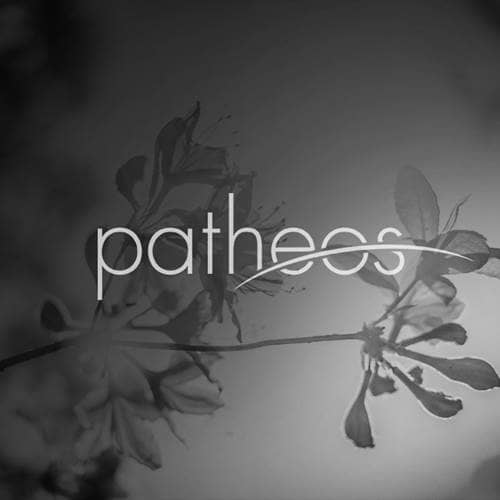- Trending:
- Pope Leo Xiv
- |
- Resurrection
- |
- Trump
- |
- Social Justice
- |
- Peace
- |
- Pope Francis

RELIGION LIBRARY
Taoism
Principles of Moral Thought and Action
The Taode jing and Zhuangzi were not interested in promoting specific moral virtues, and were critical of the idea of regulating society with standards of behavior. According to these texts, to emulate nature and "do without doing" (wei wu-wei), and to harmonize oneself with Tao, will lead naturally to behavior that is genuinely virtuous. "Drop humanity, abandon justice/ And the people will return to their natural affections" (Ch. 19).
Early Way of the Celestial Masters texts did not follow the Taode jing in rejecting Confucian virtues, but they did argue that an emphasis on the outward signs of moral behavior was incorrect. Instead they advocated "secret virtue," good works done secretly and known only to the gods. Nonetheless, the Celestial Masters movement in practice regulated morality in a variety of ways, including requiring followers to confess their wrong-doing and petition the heavenly authorities for forgiveness.
Early Celestial Masters priests recited the Taode jing regularly. A set of moral precepts was soon developed based on this text; these precepts also emphasized austerity and self-discipline. In the 4th century, a text appeared that designated 180 moral precepts, attributed to the deified Laozi. This was clearly inspired by the rules of the Buddhist community, which by then had established a significant presence in China. These 180 precepts included prohibitions against theft, adultery, killing, abortion, intoxication, and waste. They encouraged polite and mature behavior toward others, and also provided specific regulations regarding appropriate behavior within and outside of the community.
When the Lingbao scriptures appeared in the late 4th and early 5th centuries, they included a more developed moral component than was present in the Way of the Celestial Masters texts. Lingbao absorbed many elements of Buddhism, and the Lingbao sect adopted ten precepts, just as the Buddhists had ten precepts. Later the Celestial Masters movement also employed these precepts.
As in the case of Buddhism, when one was ordained, one vowed to follow these precepts, which included prohibitions against killing, stealing, lying, and intoxication. Notably, the precept against sexual misconduct in the five basic precepts of Buddhism was absent, replaced by a prohibition against immoral deeds and thoughts. Others among the ten were specifically Taoist in nature: to maintain harmony with one's family members, living and dead; to support acts of good toward others; to help the unfortunate; and to avoid thoughts of revenge. The tenth precept is an obvious borrowing from Mahayana Buddhism: not to expect to attain the Tao until all beings have done so.
During the Qing dynasty (1644-1911), neo-Confucian ethics were being promoted by the state. Morality books, which had existed for centuries, became quite popular during this time. In these books, Confucian ethics were combined with Taoist concepts of longevity and a divine bureaucracy, or with Buddhist notions of karma. Following this trend, Wang Kunyang (1622-1680), who was the abbot of the Quanzhen White Cloud Temple in Beijing, reorganized the Quanzhen precepts and ordination system to reflect the neo-Confucian ethical system.
Members of the lay population often did not identify with Confucianism, Taoism, or Buddhism to the exclusion of the others. While there were no radical differences in terms of moral expectations, there were structural differences between the three traditions. Confucianism focused on daily life, on home and family and work; Buddhism and Taoism had different pantheons of divine beings, different sacred texts, different rituals, and different concepts of the afterlife. The morality books provided ways of synthesizing the three traditions into an ethical system by which one might govern one's life.
Study Questions:
1. How did piety evolve within Taoism?
2. Compare and contrast the Lingbao sect's ten precepts with those of the Buddhists.
3. Why could the Morality Books be considered a helpful starting point for interreligious dialogue?










